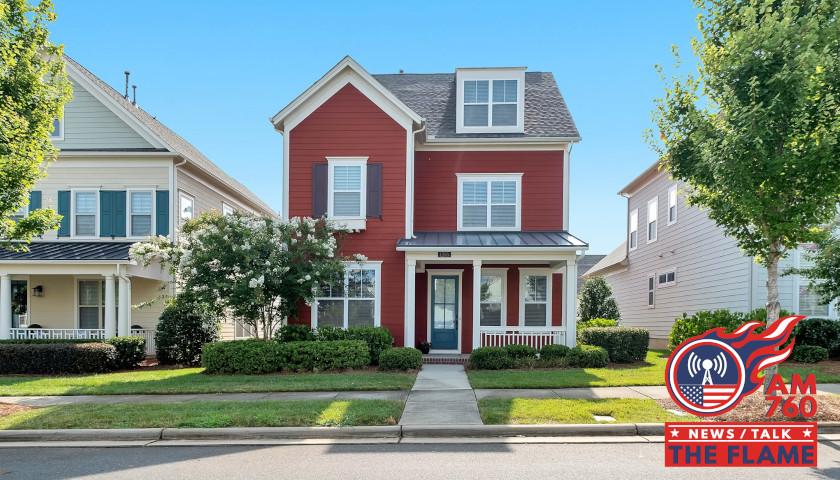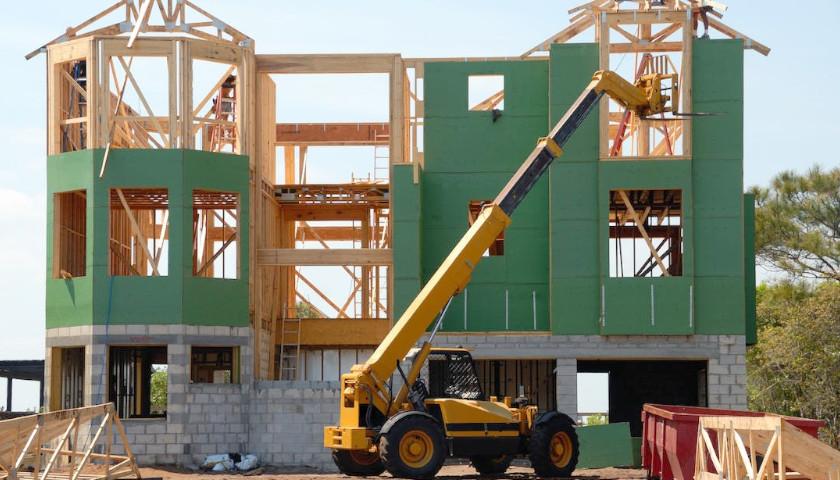by Kimberly James
As Connecticut has the sixth-highest median monthly housing costs, some residents and lawmakers are fiercely pursuing measures to prevent developers from building affordable housing units in their towns.
Renee Dobos, chief executive officer of Connecticut Housing Partners, told The Center Square that more than 30 years ago the General Assembly recognized steps should be taken to lead towns to recognize they have a responsibility to make housing affordable to essential workers, senior citizens, and a wide variety of others with diverse incomes.
CT State Statute 8-30g, enacted in 1989, sets a goal that 10% of each municipality’s housing stock qualify as “affordable” housing. If the 10% target is not met, developers may propose projects that are not subject to local zoning regulations.
“The law was adopted because the zoning regulations of so many suburban towns effectively excluded housing with sufficient density to bring the cost of housing down to a reasonable level for everyone – not only for households of lower income but for the whole range of low- and middle-income households,” Dobos said.
“Those local policies continue to exist,” she said. “The provisions of 8-30g provide a way to overcome their objectionable exclusionary aspects.”
But many affluent towns, including those in Fairfield County, are against Section 8-30g, Dobos said, because “they are afraid that if multifamily affordable housing developments (are) being built, it will lower the real estate values in that area. Many towns in Fairfield County are exclusionary in nature, i.e., we don’t want ‘that type’ of housing in our neighborhood, and fear that these households will impact their schools.”
Dobos said 8-30g does not penalize towns; in fact, it does the opposite. The existence of affordable housing within a town – mixed-income housing that serves the whole range of people who live or work in the region – is a major benefit to the town, not a penalty. Its purpose is to encourage towns to promote the development of diverse housing for diverse income ranges by not routinely turning down development proposals.
Dobos added 8-30g “helps towns resist the urge to be exclusionary and to recognize that they are parts of regions – and the state – in which all towns have obligations. At its core, it says that, if a developer is willing and prepared to build inclusionary housing in a suburban town, the town must show very good reasons for objecting. It is the town’s failure to promote and generate diverse housing that triggers the use of 8-30g.”
The high housing costs, Dobos said, are deterring young professionals, families and businesses from staying, or locating to, the state. Exorbitant housing costs rob people of opportunity and have stunted Connecticut’s economic growth.
– – –
Kimberly James is a contributor to The Center Square.
Photo “Apartment Buildings in Hartford, Connecticut” by Doug Kerr. CC BY-SA 2.0.








